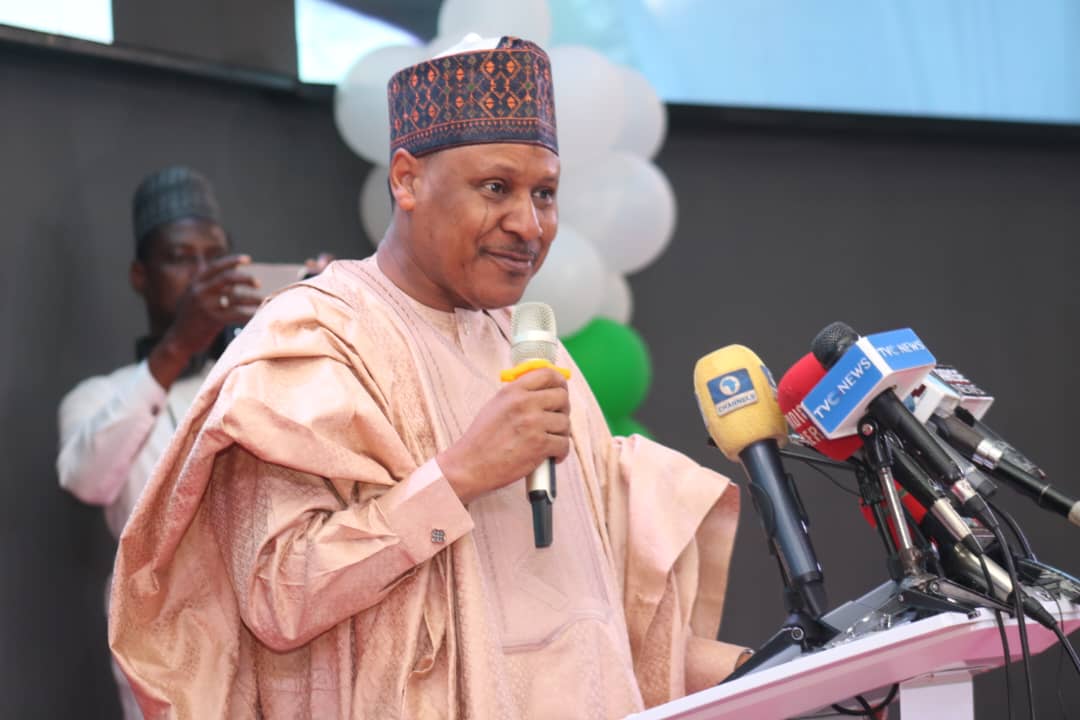For millions of individuals with severe communication disabilities, expressing even the simplest thoughts can be a formidable challenge. Whether due to congenital conditions, injury, or degenerative diseases, the inability to speak fluently or at all often leads to profound isolation. Augmentative and Alternative Communication (AAC) systems have served as vital tools for bridging this gap, enabling users to convey messages using symbols, touchscreens, or voice synthesizers.
However, most traditional AAC systems rely on static interfaces and require slow, often repetitive manual inputs, making real-time conversations or spontaneous expression nearly impossible. Many users, particularly those with limited motor coordination or cognitive processing difficulties, struggle with the lack of speed, personalization, and contextual relevance in these systems. As the global conversation on inclusion and digital equity grows louder, it has become increasingly urgent to develop technologies that not only assist but truly empower individuals with speech impairments to participate fully in social, educational, and professional life.
Omotayo Emmanuel Omoyemi, a pioneering researcher from the University of Derby, United Kingdom, whose work is at the forefront of merging artificial intelligence with accessibility. With an academic foundation in Information Technology and extensive experience in machine learning, computer vision, and educational technology, Omoyemi brings both technical expertise and a deep understanding of the human side of assistive innovation.
Omoyemi’s work agenda focuses on solving real-world problems through AI, with a special emphasis on developing next-generation Augmentative and Alternative Communication (AAC) systems that can understand, learn from, and adapt to individual users. His commitment to creating intuitive, human-centered solutions is rooted in the belief that technology should be an enabler, not a barrier, for those navigating complex communication needs. In a field often driven by theory, Omoyemi’s hands-on approach to designing adaptable and intelligent systems marks a refreshing and necessary shift toward accessibility-focused AI.
In his recent work, Omoyemi introduces a groundbreaking machine learning framework that transforms how AAC systems function. Rather than relying on static word banks or limited phrase prediction, his model integrates state-of-the-art Recurrent Neural Networks (RNNs) and Transformer-based architectures like BERT and GPT to anticipate what a user intends to communicate. The system processes inputs across multiple channels, including typed text, spoken phrases, and physical gestures, to create a rich, context-aware prediction engine.
For example, it can analyze previous communication patterns to suggest appropriate follow-up phrases, recognize speech variations often found in users with disabilities, or interpret hand gestures to trigger specific commands. What sets this system apart is its ability to combine and process this multimodal data in real time, dramatically increasing both the speed and accuracy of communication. This innovation not only reduces the number of steps a user must take to compose a message but also brings a level of responsiveness and intuitiveness rarely seen in existing AAC technologies.
The impact of this work is substantial. In real-world simulations, Omoyemi’s predictive AAC framework achieved up to a 30% reduction in communication time when compared to standard systems. For users, this means faster interactions, less physical strain, and a significantly improved ability to engage in dialogue. Beyond speed, the system’s learning capabilities enable it to tailor itself to individual users over time, creating a deeply personalized experience. This personalization supports greater autonomy, especially for individuals with progressive or variable conditions who need technology that evolves alongside them.
Furthermore, the framework was built using pre-existing and synthetic datasets, ensuring it could be trained ethically and efficiently without collecting sensitive personal data, an important consideration in preserving user privacy and dignity. In effect, Omoyemi’s work redefines what AAC technology can be: not just a communication aid, but a smart, adaptive partner that respects and responds to its user’s unique voice and rhythm.
As our world becomes more interconnected, the need for inclusive design in technology is more critical than ever. Omoyemi’s work exemplifies how machine learning can move beyond mainstream convenience to address profound human needs. His work offers a glimpse into a future where individuals with communication disabilities are not limited by the tools they use, but instead empowered by them.
With continued research, refinement, and collaboration across disciplines, predictive AAC systems like the one Omoyemi has developed could soon become standard in classrooms, healthcare facilities, and homes, turning silence into conversation and isolation into connection. In doing so, this research doesn’t just enhance technology, it uplifts lives, bringing us one step closer to a truly inclusive digital society.






